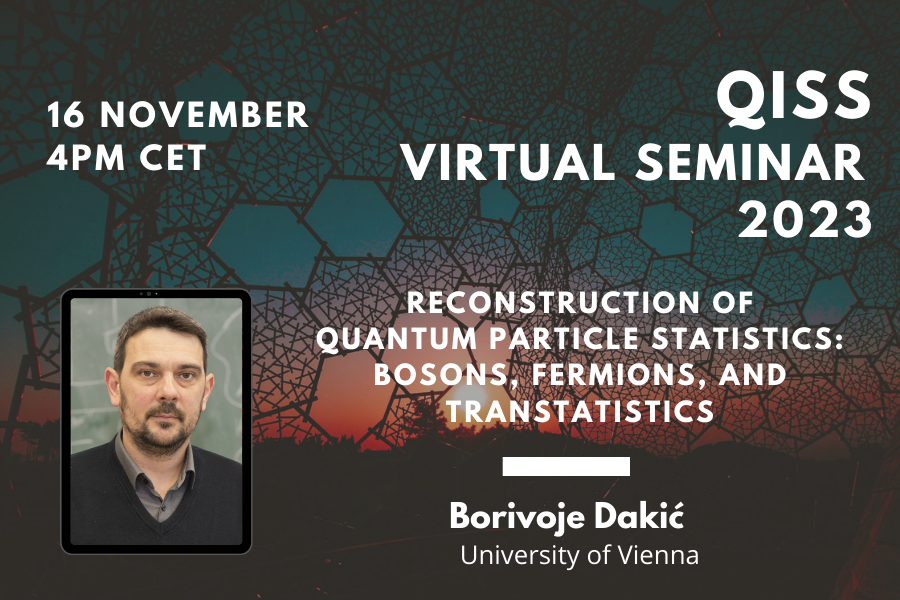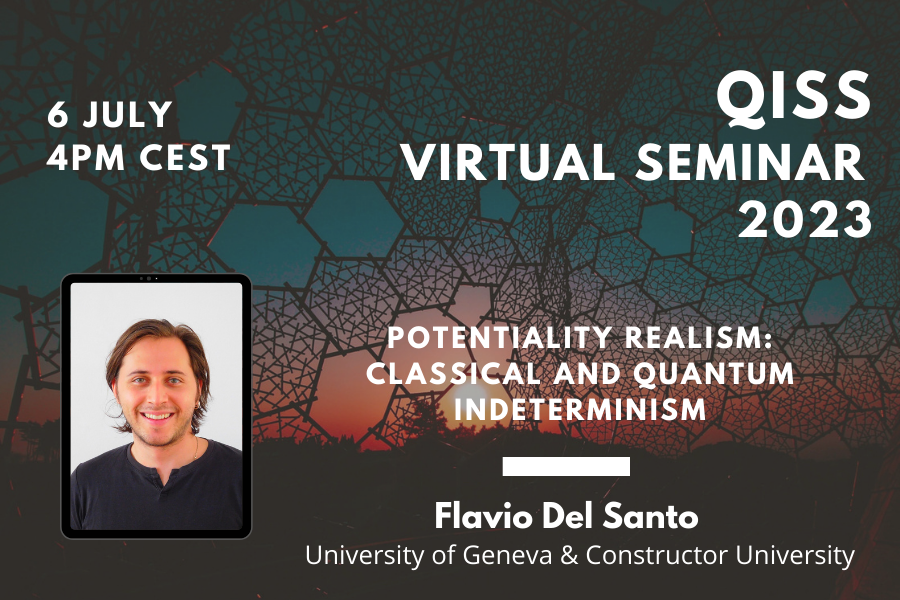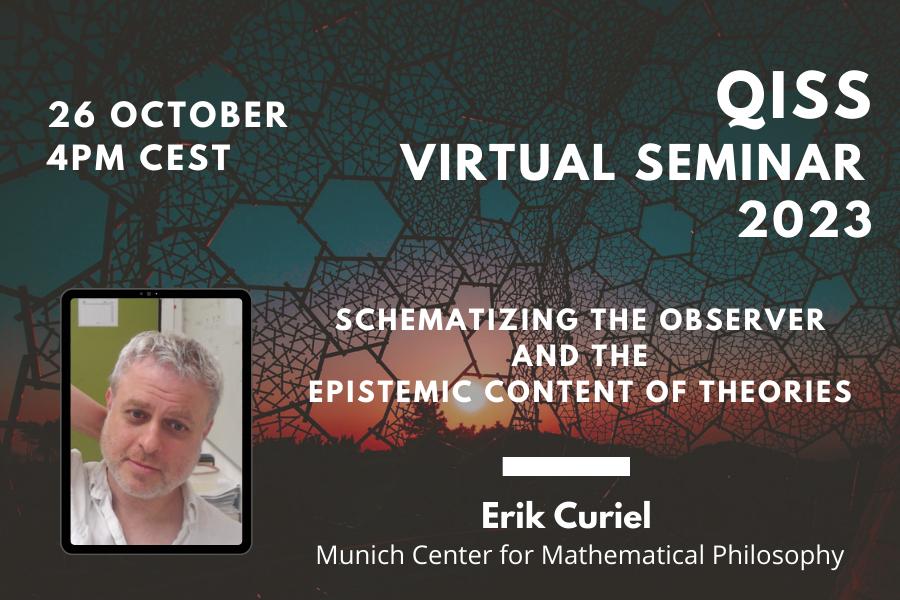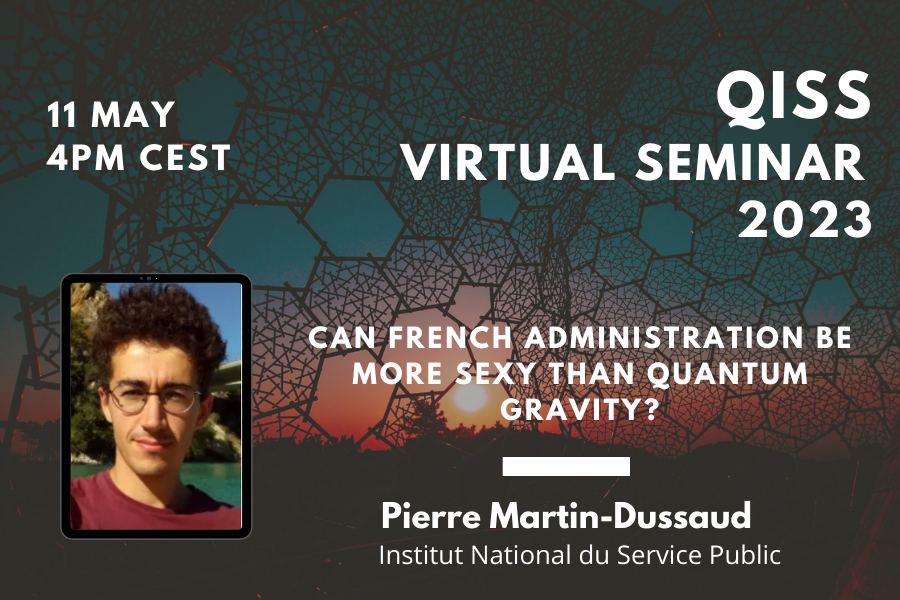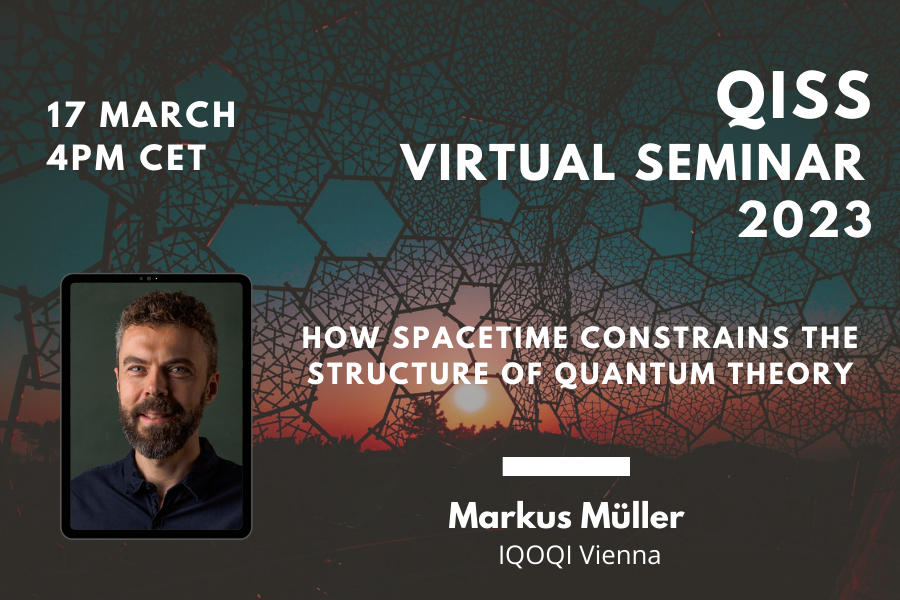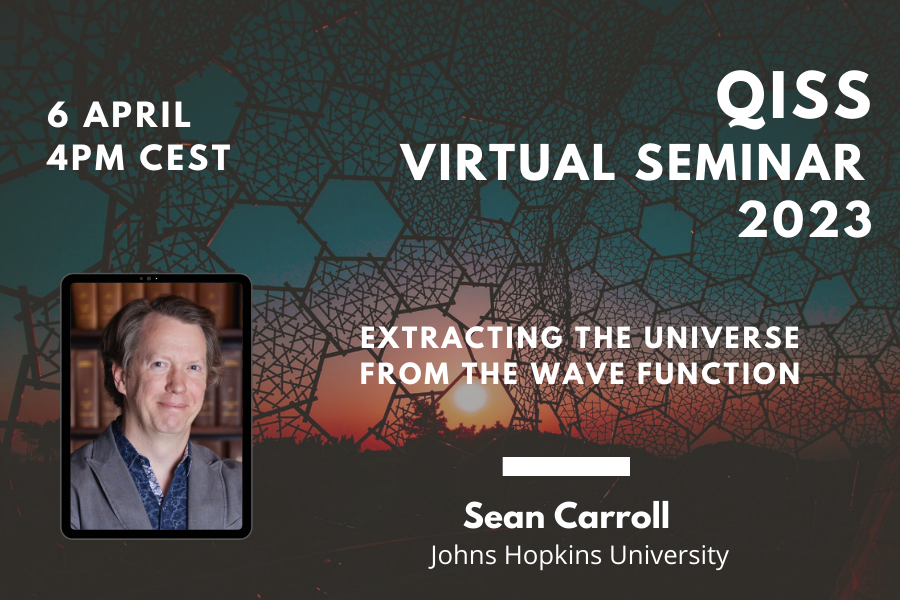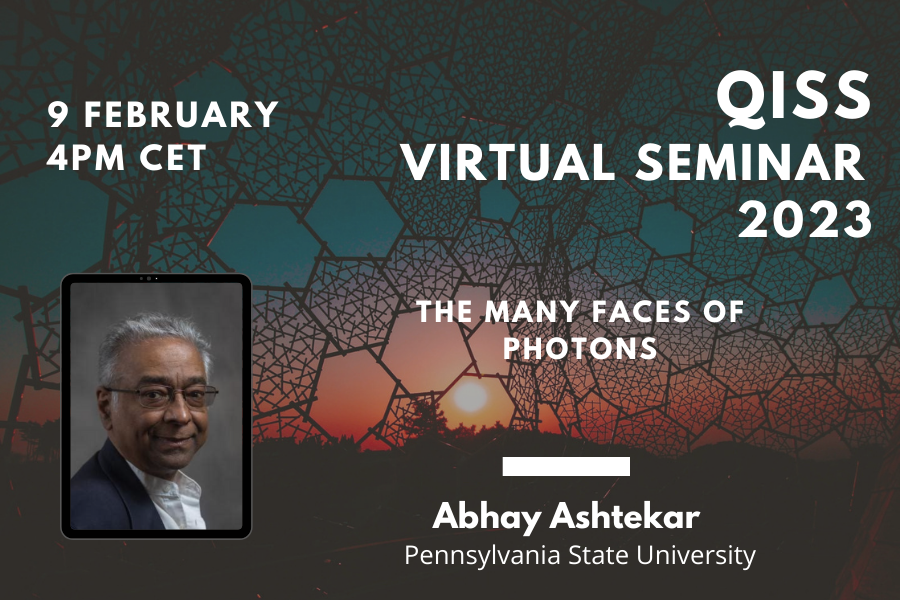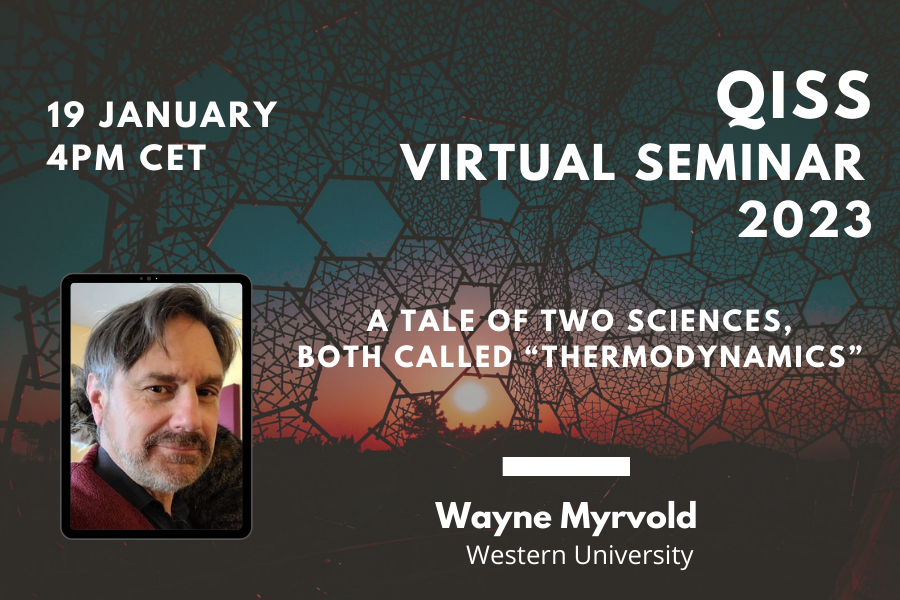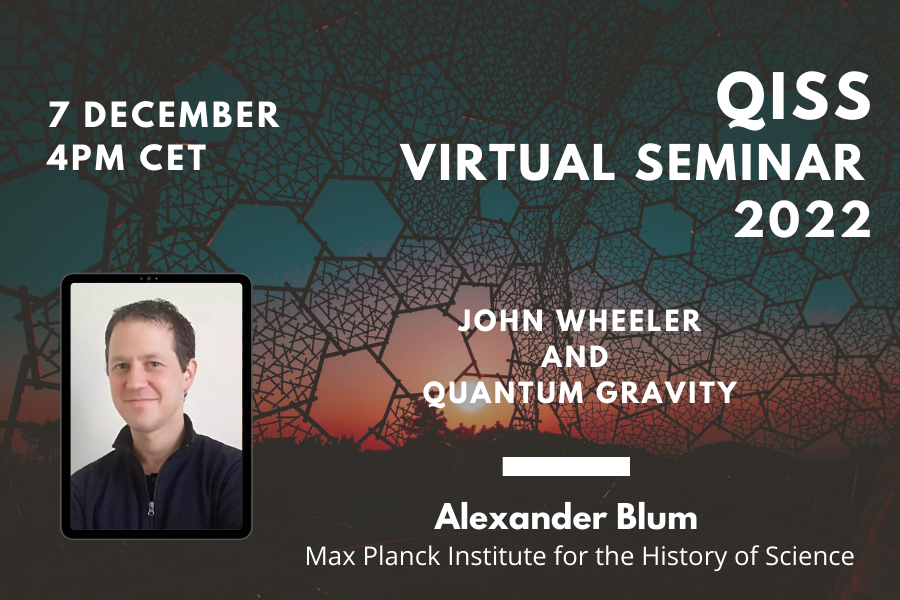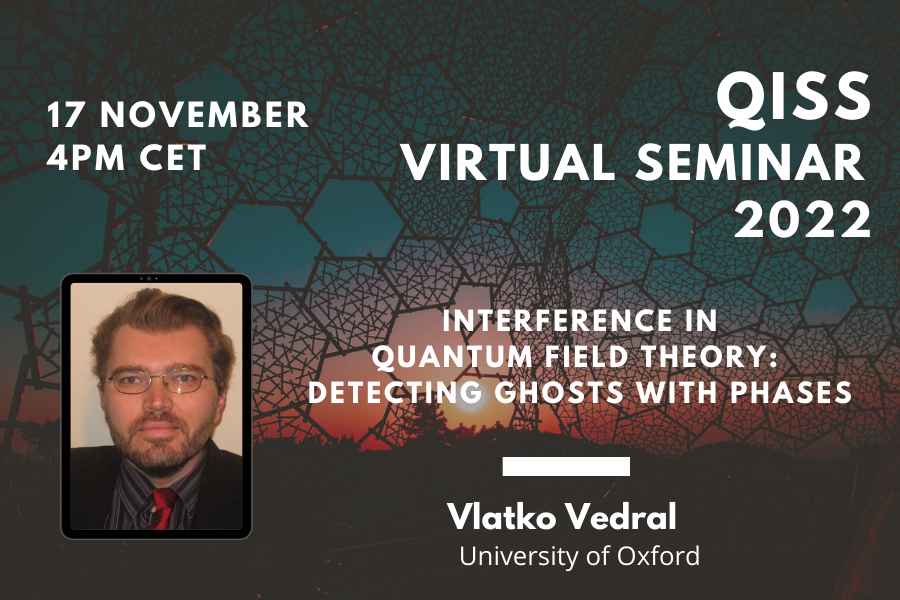Borivoje Dakić
University of ViennaReconstruction of Quantum Particle Statistics: Bosons, Fermions, and Transtatistics
Identical quantum particles exhibit only two types of statistics: bosonic and fermionic. Theoretically, this restriction is commonly established through the symmetrization postulate or (anti)commutation constraints imposed on the algebra of creation and annihilation operators. The physical motivation for these axioms remains poorly understood, leading to various generalizations by modifying the mathematical formalism in somewhat arbitrary …
